5 Slavic horror fairytales that shouldn’t be told at night
The living dead – Baba Yaga, the witch
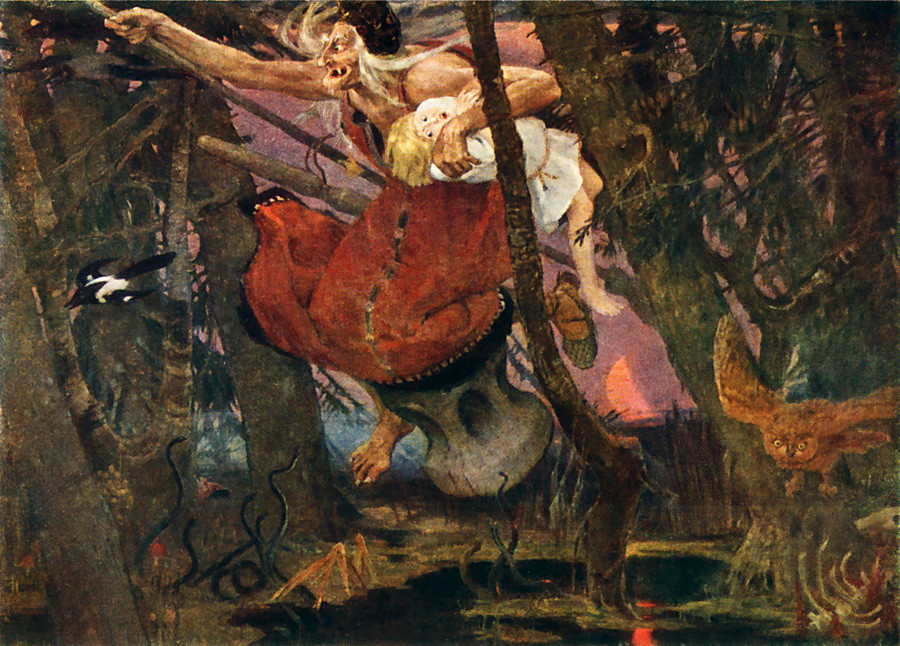
Baba Yaga by Viktor Vasnetsov
Public DomainOriginally, Baba Yaga transported people from the world of the dead to the world of the living. She was associated with ancestral heritage, as can be concluded from one of her essential features – a little hut on chicken legs. But where did she come from?
When the ancient Slavs buried the dead, they would place them in small houses on high stumps, which indeed resembled chicken legs. Thus, it can be said that Baba Yaga lived in the refuge of the dead. As a custodian of ancestral heritage, she would conduct rituals initiating boys into warriors. This ritual required heavy physical trials and corporal punishment, which is why in the old days both boys and their mothers were afraid of Baba Yaga. Yet it was after this ritual that boys became men.
In Russian
Koschei the Deathless – the kidnapper of brides
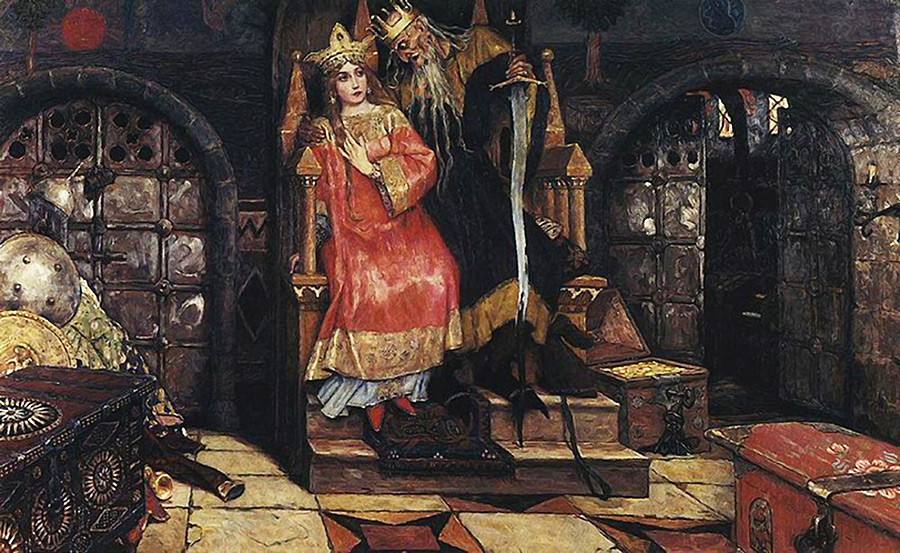
Koschei the Deathless by Viktor Vasnetsov
Viktor Vasnetsov Home-MuseumIn one tale he turns an entire tsardom into a rock, in another he punishes Tsarevna Vasilisa, turning her into a frog. He’s also very difficult to defeat: Bizarrely, his death can be found at the end of a needle, the needle in an egg, the egg in a duck, the duck in a rabbit, and the rabbit in a trunk locked in chains hanging from the top of an oak. Furthermore, according to the oldest tales, Koschei is also blind and in order to see his
Ancient Slavs associated Koschei’s image with the ritual of marital initiation. Thus, a young girl can only marry after Koschei the Deathless kidnaps her and the groom defeats the malefactor.
Boginka – an evil female spirit
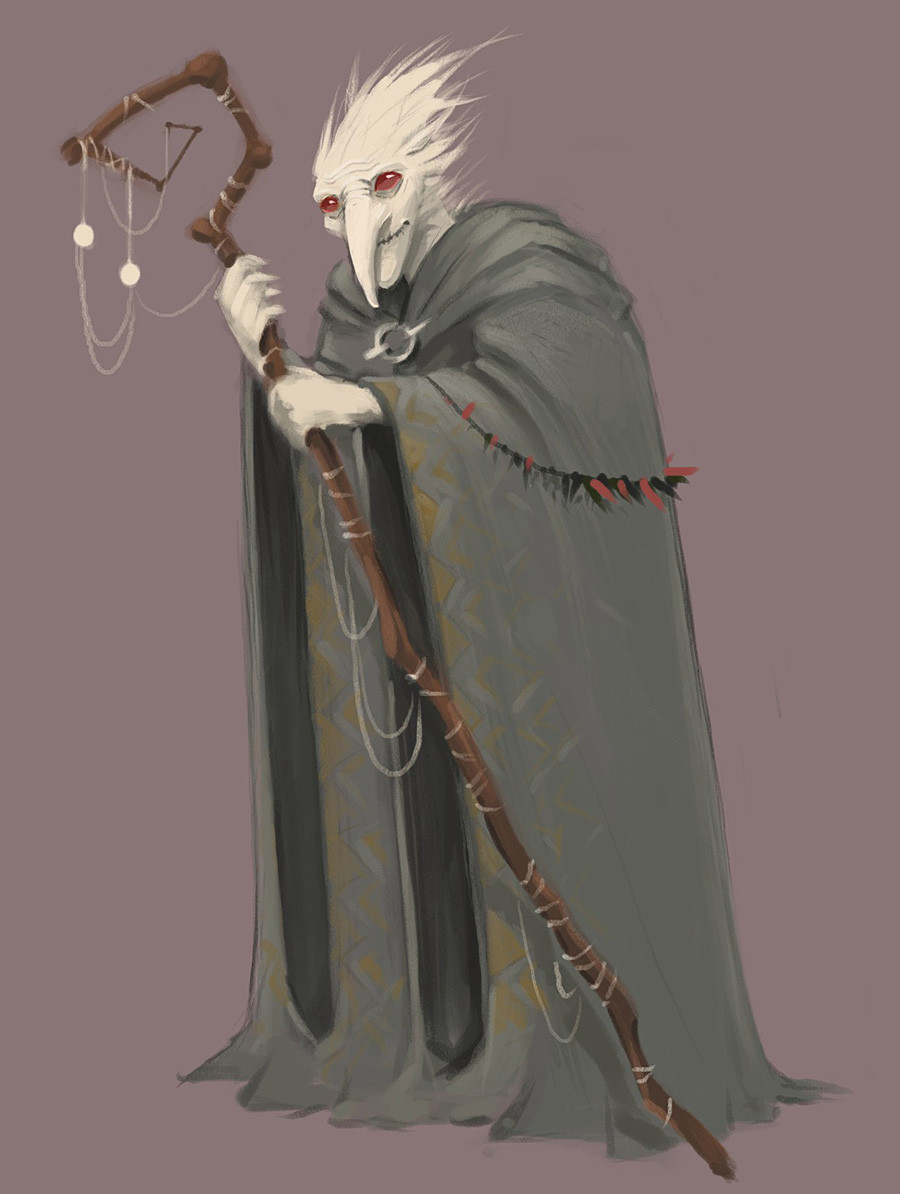
Boginka
Tatyana kudo KhudinaThe soul of a woman who killed her child or who died in her girlhood was supposed to transform into a Boginka. The Slavs imagined Boginka to be an ugly, naked, limping hag who walked along the forests, fields, and ravines in foul weather and at midnight. Boginka was most dangerous for children: Depending on her mood, she could prevent a child from falling asleep, make him ill, scare, or even kidnap them. Some Boginkas would even frighten cattle, steal and entangle yarn, and beat people until black and blue.
Mermaids and Vodyanoi – water killers
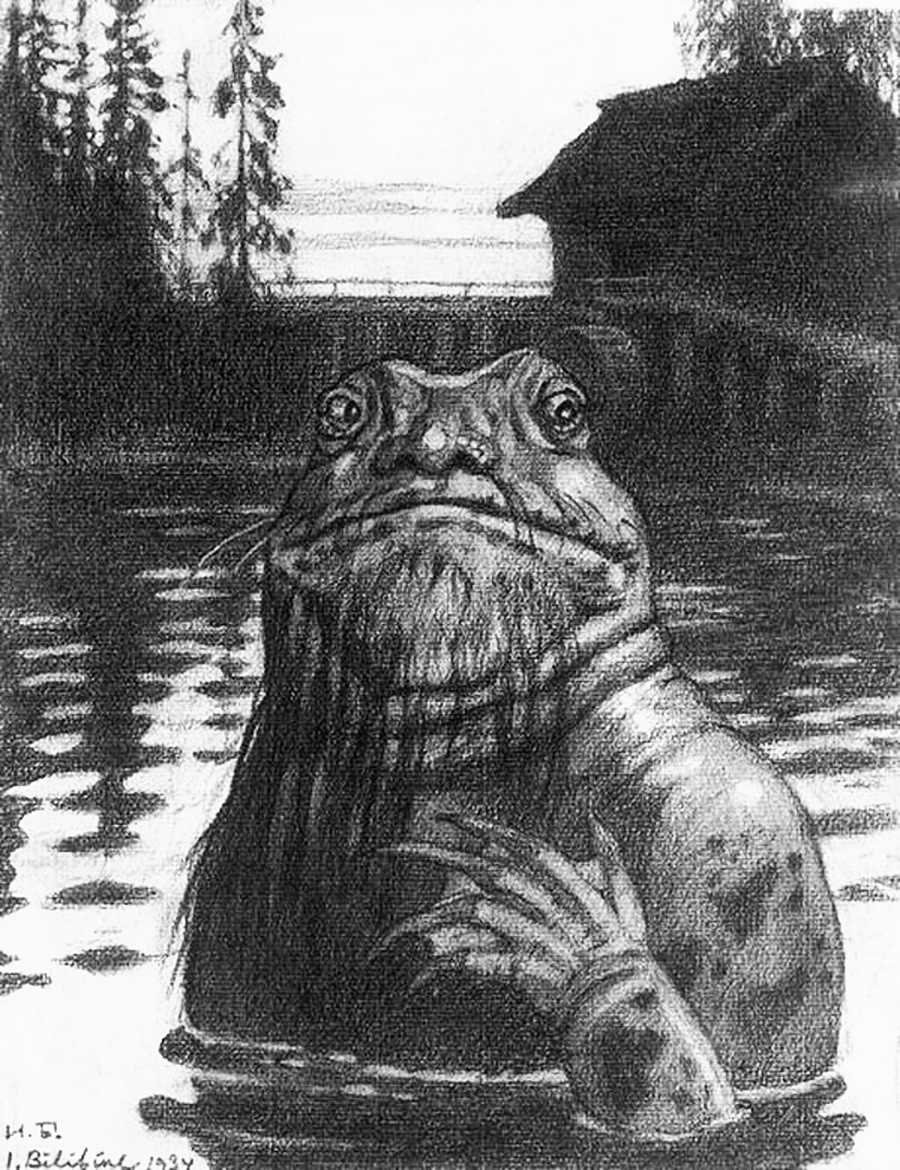
Vodyanoi by Ivan Bilibin
Public DomainThe Russian mermaid (Rusalka) is not the nice prankster with a tail that Christian Andersen described. In Slavic
And wherever there are mermaids there’s also their master, Vodyanoi, the spirit of the lakes, rivers, and swamps. It was thought that Vodyanoi could ascend to the sky and create new bodies of water, as well as drown people, especially girls who went swimming in the lakes after sunset. Vodyanoi takes the prettiest girls he drowns to be his wives.
Kikimora – the destroyer of households
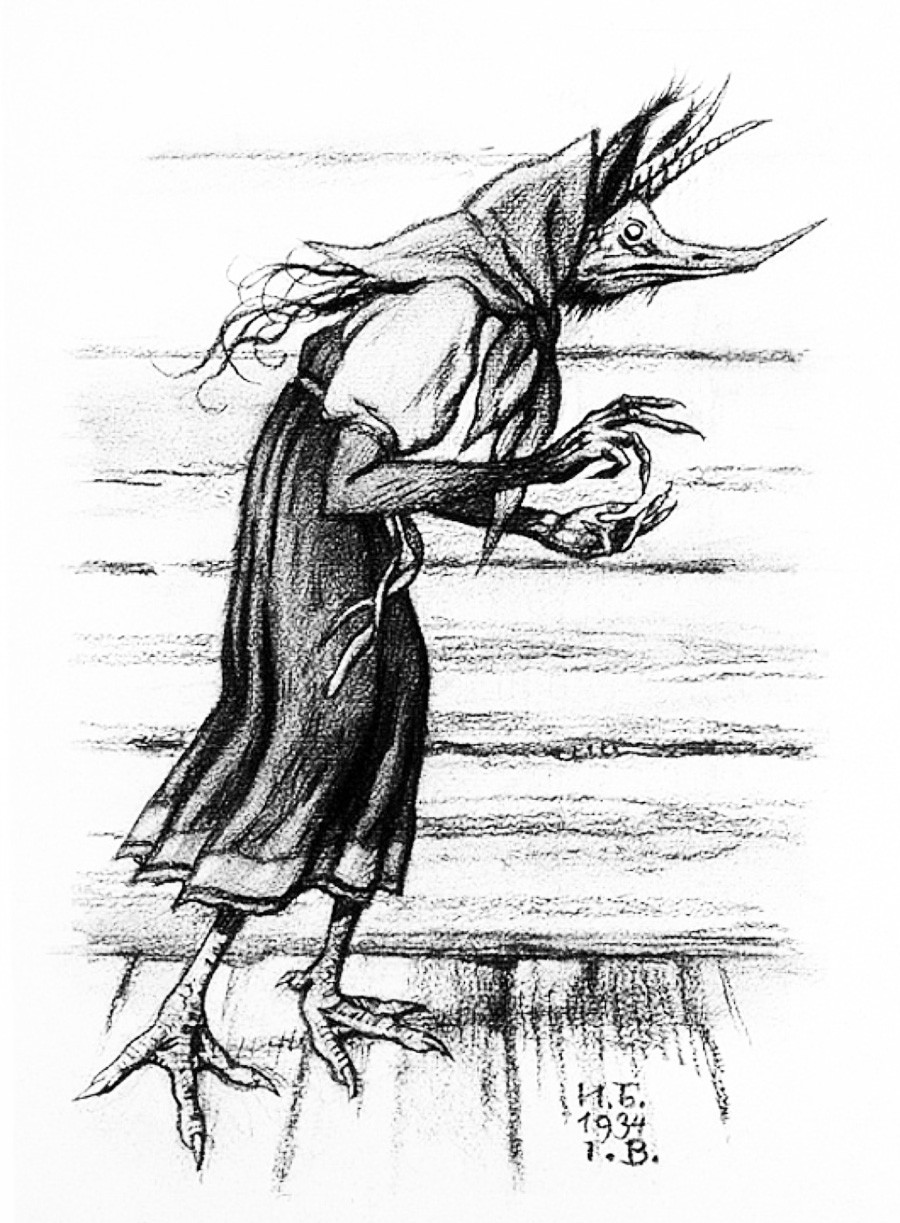
Kikimora by Ivan Bilibin
Public DomainThe Kikimora’s favorite pastime is spinning yarn – but very badly. It tears up the yarn and tangles up the wool. Sometimes Kikimoras appear before people – if this is the case then misfortune awaits for whoever sees the spirit, like a death in the family. A sorcerer can take possession of this spirit, place it into a ceremonial doll, and throw it into the home of innocent people. You can protect yourself from Kikimoras with juniper branches and sagebrush.
If using any of Russia Beyond's content, partly or in full, always provide an active hyperlink to the original material.
Subscribe
to our newsletter!
Get the week's best stories straight to your inbox